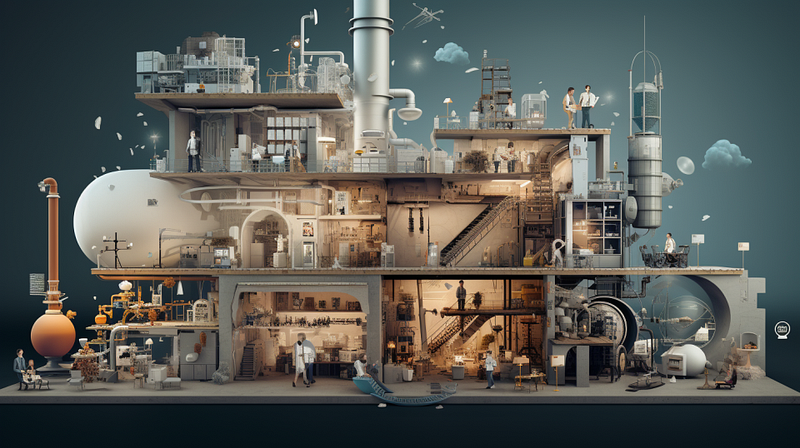Biodegradable Electronics: A New Dawn for Technology

Blending Nature and Technology — Here’s How We’re Embracing an Environmentally Friendly Future
Imagine if our gadgets, like old leaves, could just break down and return to the earth when we are done with them. That’s what biodegradable electronics are! They are special devices made from materials that naturally go back to nature after we have finished with them.

History
Over the years, we’ve witnessed remarkable technological innovations. However, one emerging idea is electronics that degrade naturally, much like fallen leaves. Traditional electronics, built to last, eventually become environmental nuisances as they accumulate in landfill sites. Identifying this problem, innovative minds in the tech sector envisioned electronics that could degrade naturally without any adverse effects.

Let’s Discuss What These Materials Are
- Organic Semiconductors: Not your typical silicon chips! These are made from organic molecules, which means they come from carbon-based materials. They can conduct electricity and are way friendlier to the environment.
- Polylactic Acid (PLA): Sounds fancy, right? Well, it’s a plastic made from fermented plant starch. This stuff is biodegradable.
- The Silk Proteins: Nature’s own wonder material! Researchers have found ways to use ultra-thin layers of silk for electronics.
- Water-Soluble Materials: Designed to dissolve in water over time.
- Natural Dyes & Pigments: Using natural colours derived from plants or bacteria for an eco-friendly glow.

What are the Benefits of Transient Electronics?
Biodegradable electronics are at the forefront of tech advancements, reducing e-waste and using fewer toxins. They favour renewable resources, offering possibilities in medicine, defence, and more. This shift embodies not just eco-consciousness, but a confluence of technological, economic, and societal progress.

What are the Current Challenges?
Biodegradable electronics, while promising, face challenges including:
- Performance and Durability: May not match traditional electronics.
- Costs: Research and production can be expensive.
- Potential Environmental Impact: Decomposition might produce harmful compounds.
- Regulatory Barriers: Complicating mainstream integration.
So, What is the Future Looking Like?
The future for biodegradable electronics is bright, poised for significant expansion. Expect customisable lifespans for devices, collaborations between nations, and more.

Conclusion
Biodegradable electronics signify a landmark shift in technological innovation. They herald an age where our love for gadgets doesn’t compromise the planet’s well-being. Embracing this new era of sustainable choices, the synthesis of nature and technology is no longer a distant dream but a tangible reality that holds immense potential for our environment, health, and security.
